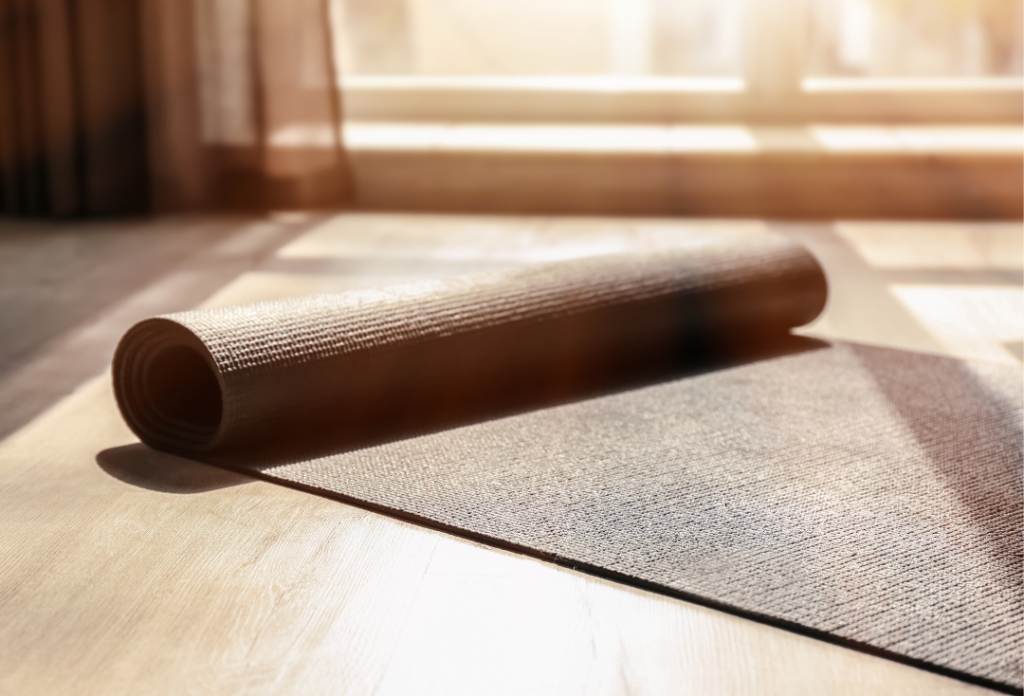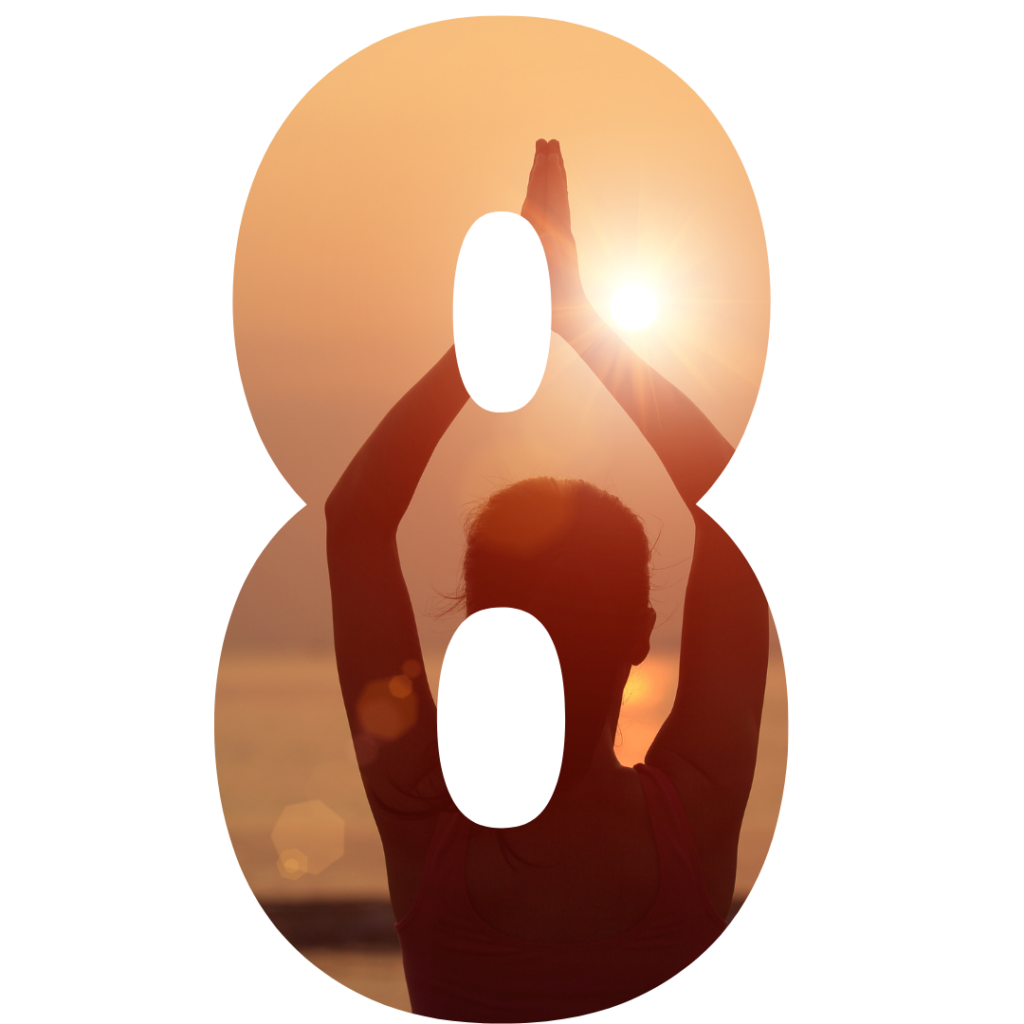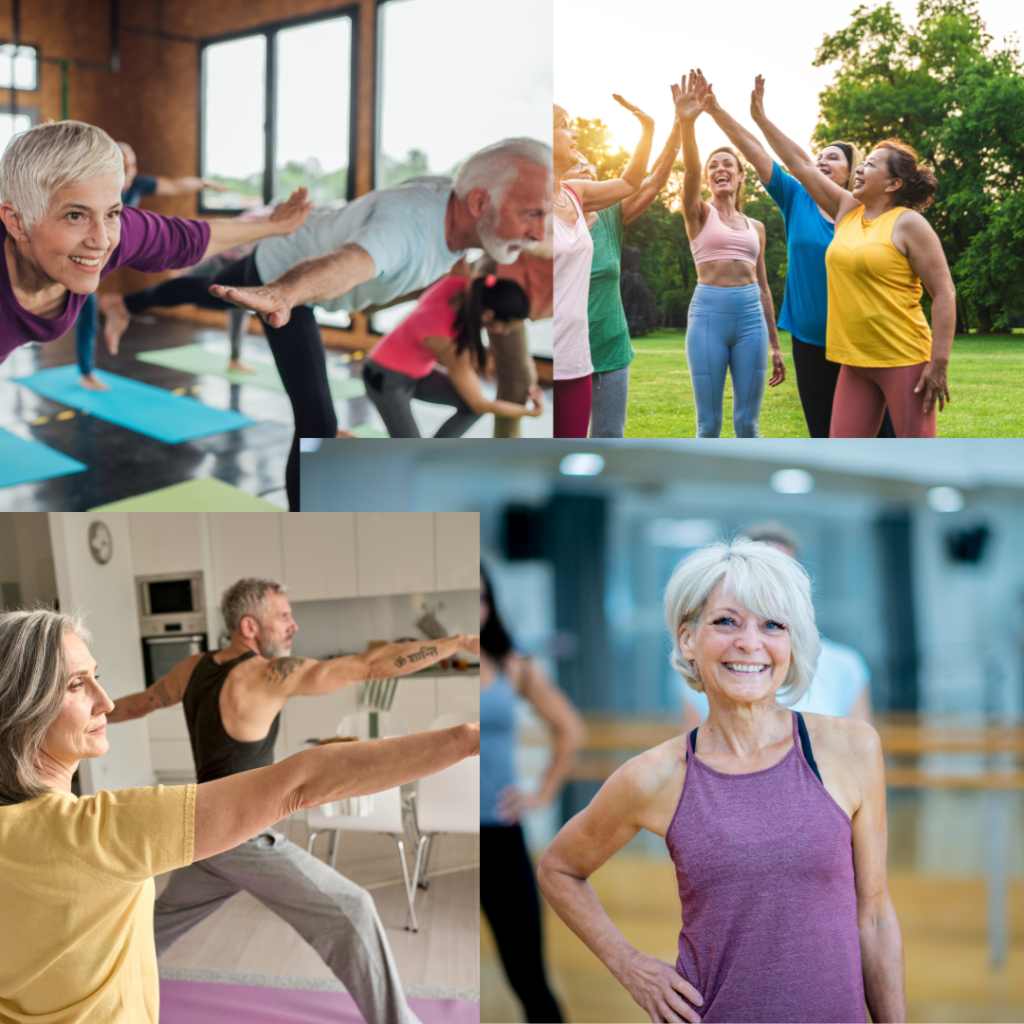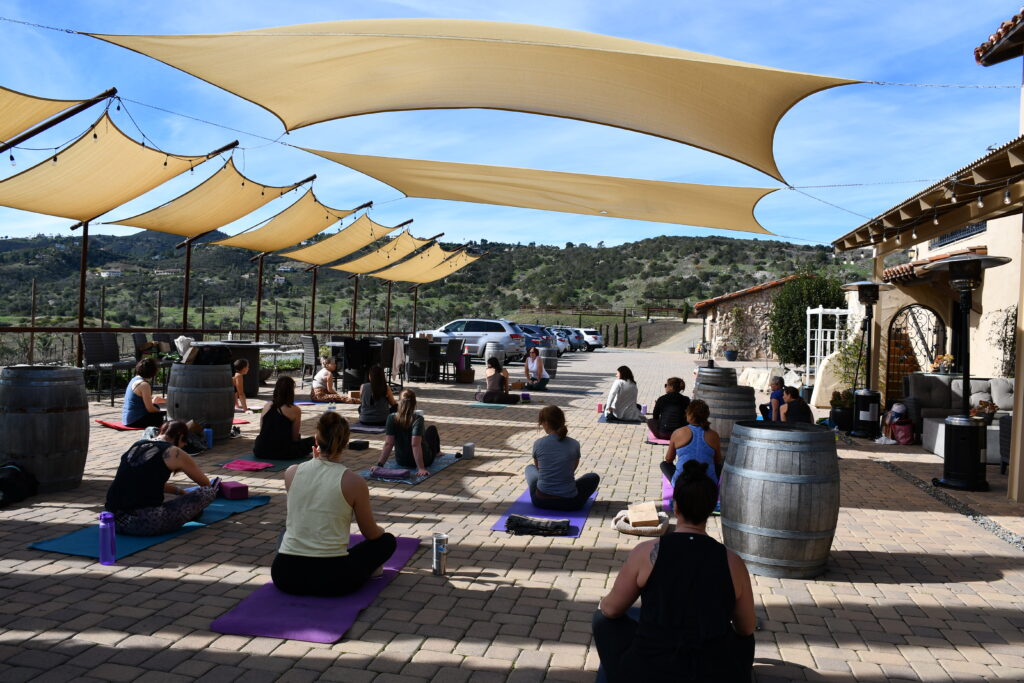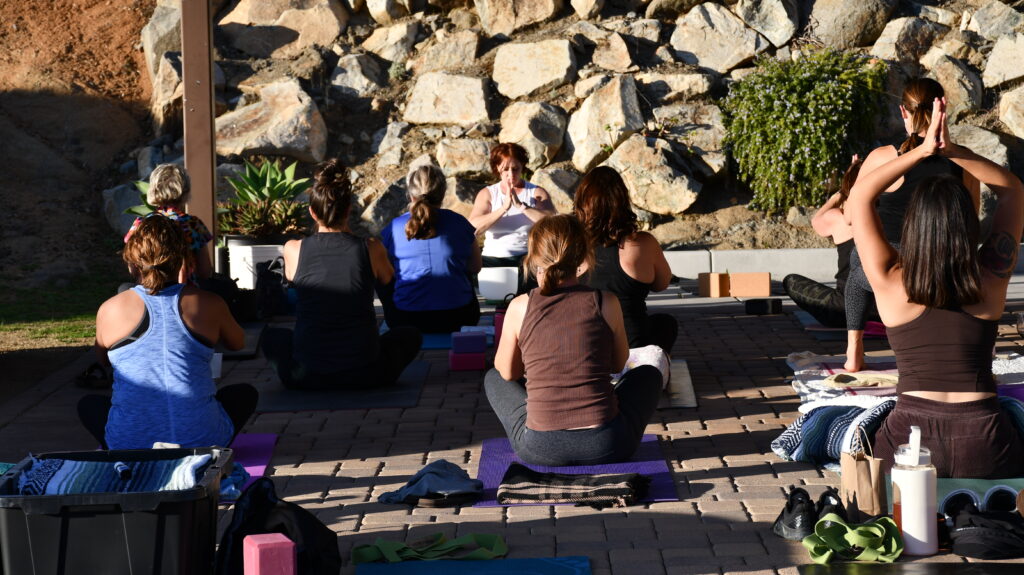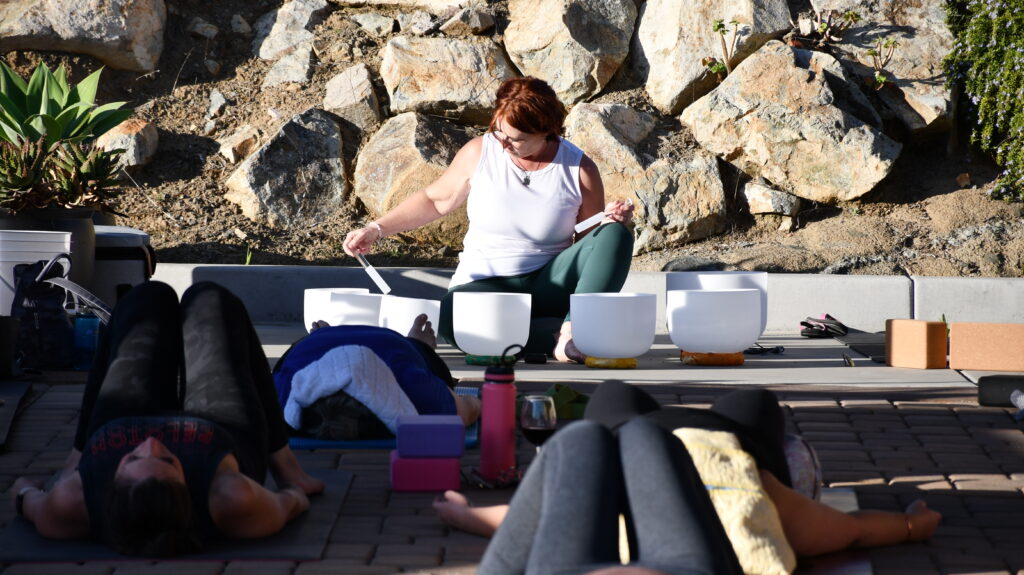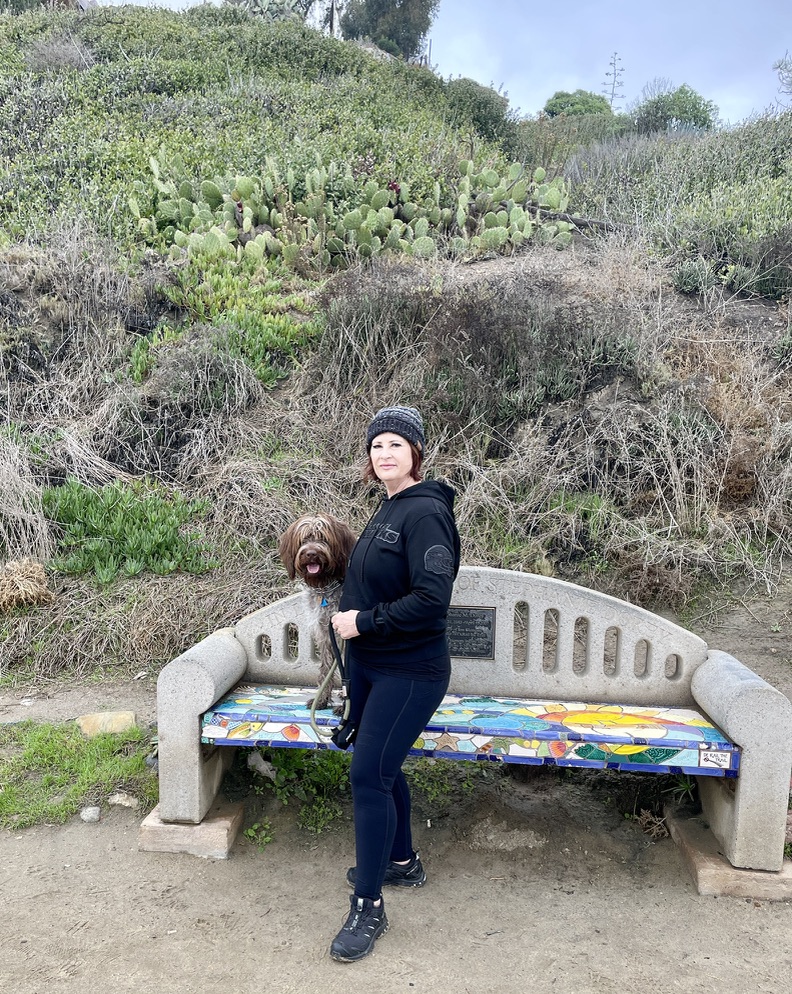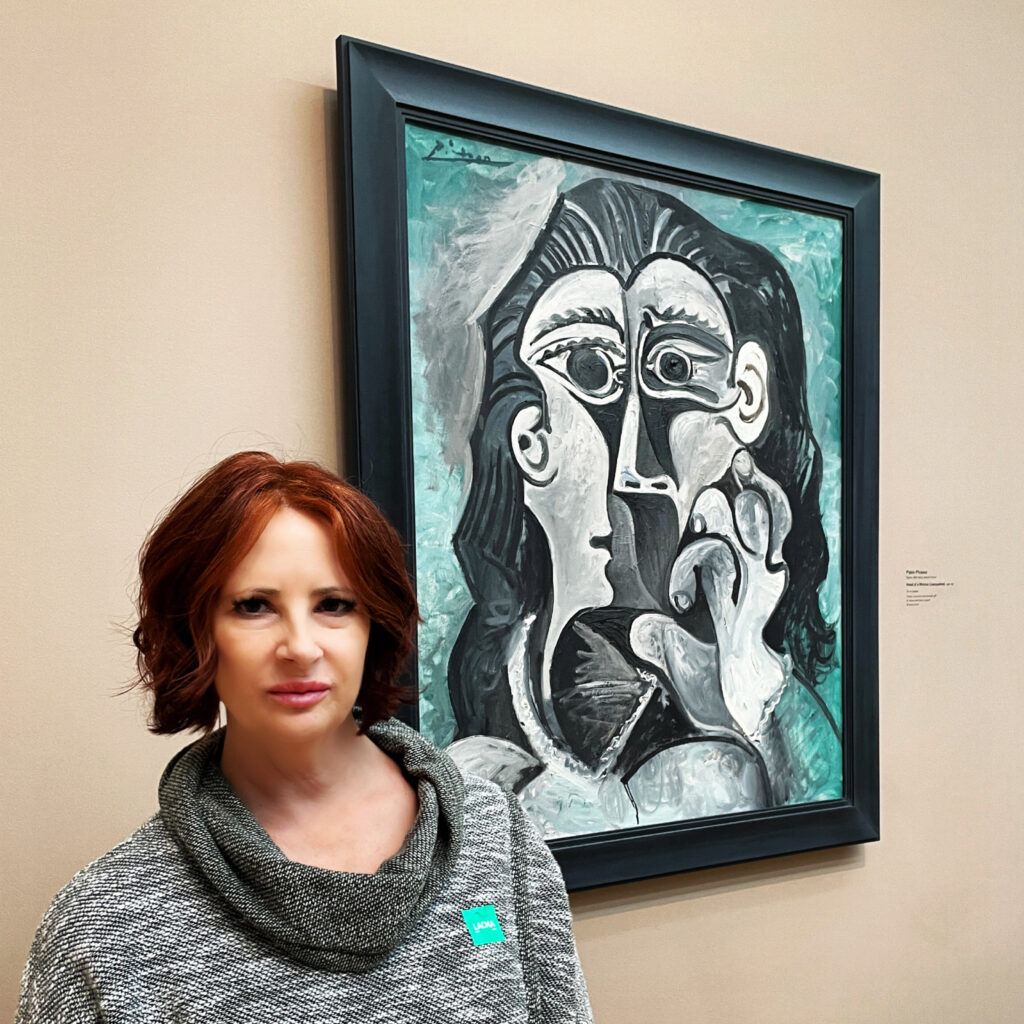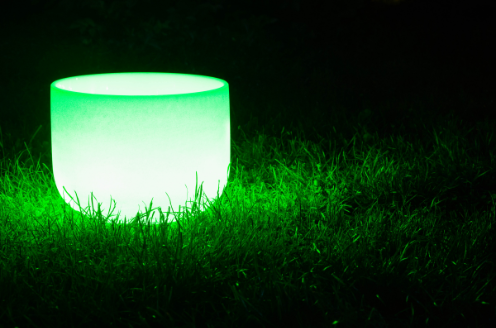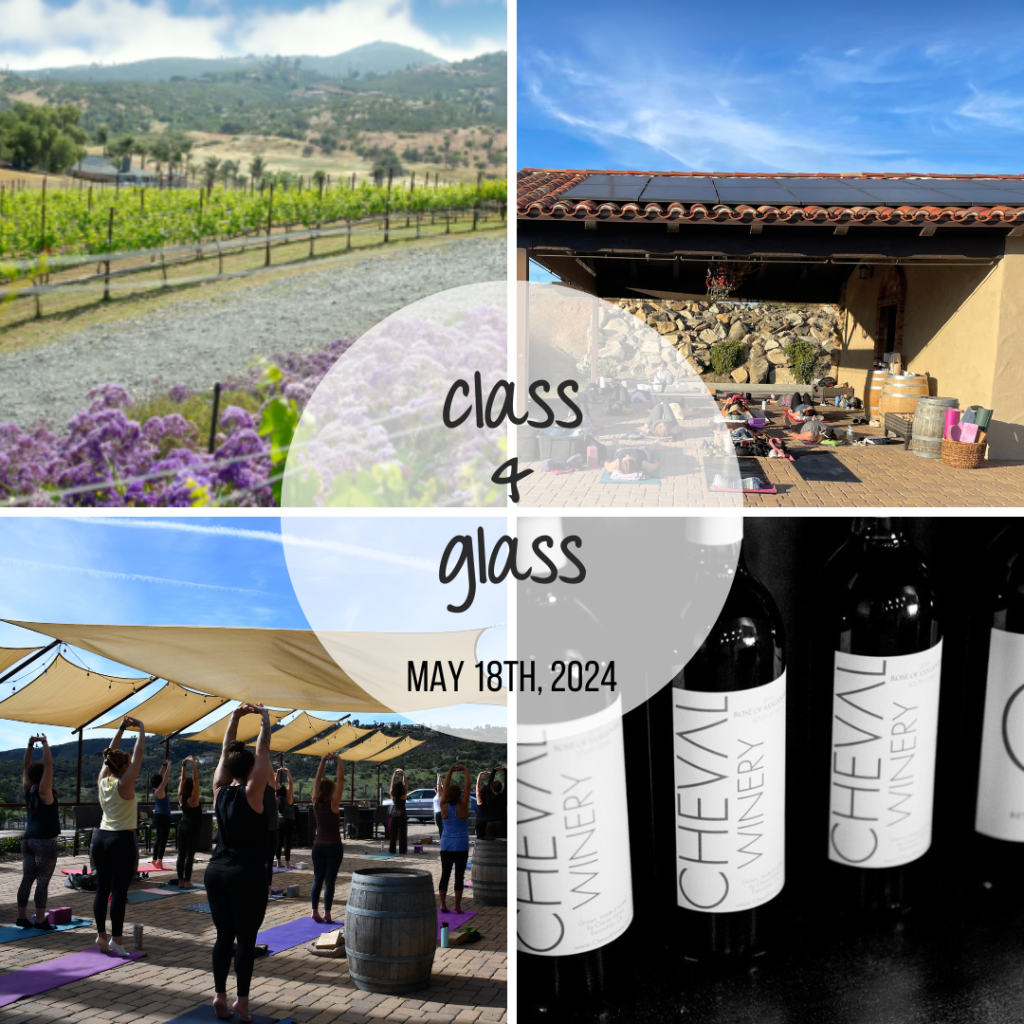Hello Menopause!

One minute you’re a pre-teen, excitedly – naively? – waiting for your first period and the next minute you are kissing it goodbye (good riddance!)
Menopause!
The problem is, just like your excitement for your period to start – all that talk of becoming a woman and such – excitement over its ending is also more than a little bit overblown.
I distantly recall looking forward to menopause and the end of the hassle of my period. And then it actually happened. Yes, the hassle of my period was a thing of the past, but now a whole new pack of hassles came my way.
New phase = New problems
First off, let’s get real about the physical effects of menopause. Hot flashes? Night sweats? Mood swings that make you feel like you’re on a never-ending emotional rollercoaster? Yeah, been there, done that. It’s like our bodies are playing a cruel joke on us, right? Our hormones decide to throw us a curveball and seem to be having a wild party of their own.
Not everyone experiences all of these issues, but these are the most common:
- Hot flashes: This is one of the most common symptoms of menopause. Hot flashes involve sudden feelings of warmth, which can cause flushing of the face and upper body, sweating, and sometimes chills.
- Night sweats: Many women experience hot flashes at night, leading to excessive sweating during sleep.
- Vaginal dryness: Decreased estrogen levels can result in thinning and drying of the vaginal tissues, leading to discomfort, itching, and pain during intercourse.
- Mood swings: Fluctuations in hormone levels can contribute to mood swings, irritability, and feelings of sadness or anxiety.
- Sleep disturbances: Many women experience difficulty falling asleep or staying asleep during menopause, often due to night sweats or other symptoms.
- Weight gain: Changes in hormone levels and metabolism can contribute to weight gain, particularly around the abdomen.
- Changes in libido: Some women may experience a decrease in sex drive during menopause, while others may experience an increase.
- Changes in skin and hair: Decreased estrogen levels can lead to changes in skin elasticity and moisture, as well as thinning and loss of hair.
Sound familiar?
I recall when hot flashes started making an appearance in my life. I was in the middle of moving. My company was going through a sale and my job was eliminated. They asked me to move 600 miles away to take a different role within the company. My husband was on board so we sold our house, bought another, and prepared to move. And then my new job, the one I was uprooting myself and my husband for was eliminated too!
So a little stress and anxiety going on. I thought the stress was getting to me or that I must be coming down with the flu or something. I was feeling hot and then cold, and an anxious pit in my stomach like I was in a rapidly dropping elevator. It sounded about right for the amount of turmoil going on in my personal and professional life.
But then it kept happening.
It slowly began to dawn on me what was going on. Then, when I put on 25 pounds in 6 weeks for no apparent reason, I started to panic! As someone who had spent their entire adult life working out, eating right, and doing all the “good” things, I thought something must be really wrong.
My doctor’s reaction? “Oh, it’s just menopause. Get used to it. It’s part of getting older. Here – take these hormones.”
Ummmm – WHAT?!
I couldn’t believe that this advice was the best I was going to get from the medical community. But sadly, many women have similar experiences.
Yoga for menopause
I felt like I needed more support than what I was getting from my doctor.
Enter yoga.
I discovered that when you roll out your mat and sink into a soothing child’s pose or flow through a gentle vinyasa, you’re not just stretching your muscles; you’re also giving your nervous system a much-needed break.
Yoga has this incredible ability to tap into our parasympathetic nervous system, aka our body’s built-in chill button.
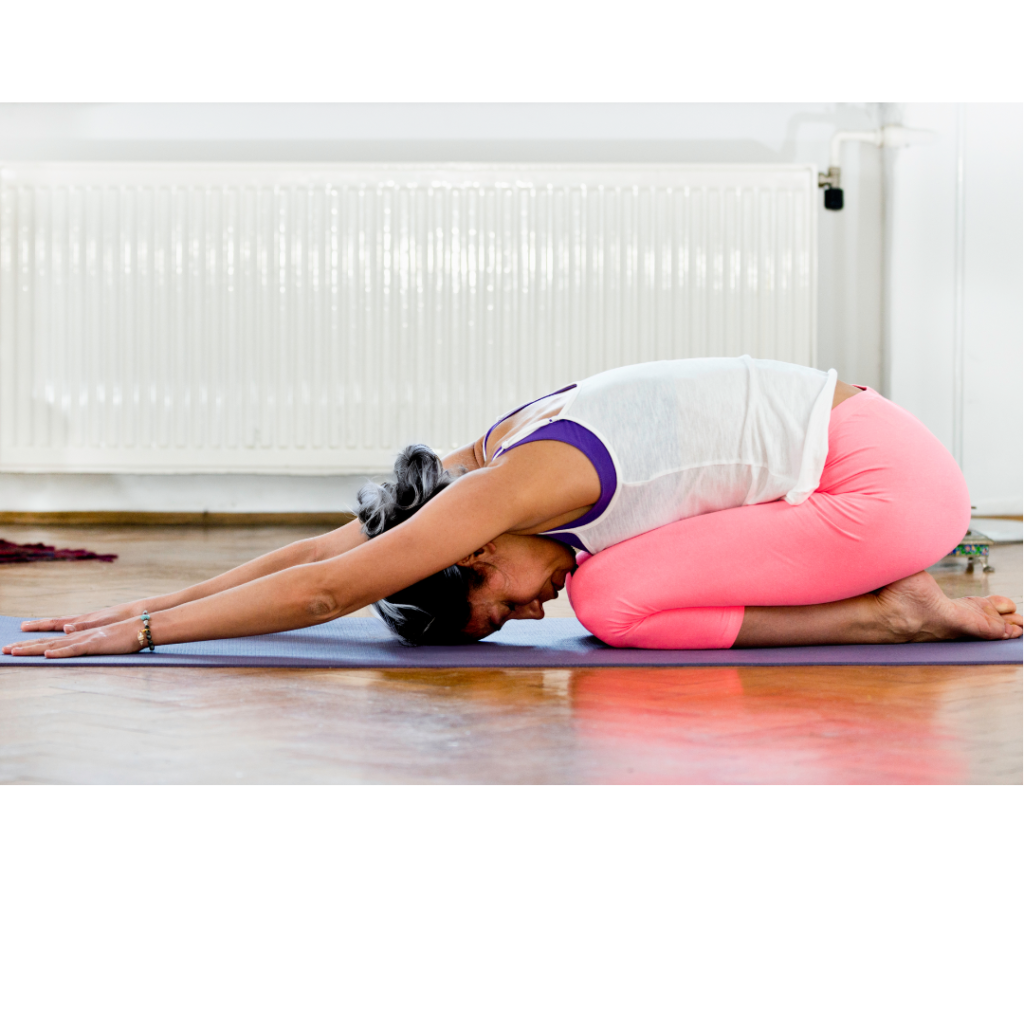
So when those hot flashes come knocking or the mood swings start creeping in, a few minutes on the mat can help you find your center again.
But it’s not just about the physical stuff. Menopause can also take a toll on our mental health, leaving us feeling like we’re lost in a fog of uncertainty. Anxiety, depression, and that nagging sense of “what’s next?” can become all too familiar companions. This is where yoga’s power to quiet the mind comes into play.
Through breathwork, meditation, and mindful movement, yoga can help us cultivate a sense of inner peace and resilience. It’s like giving your mind a spa day, allowing it to unwind and let go of all those worries and doubts. And let’s be honest, we could all use a little more zen in our lives, especially when navigating the choppy waters of menopause.
Yoga is not a menopause magic bullet
But perhaps the most beautiful thing about yoga is its ability to reconnect us with our bodies in a profound way. During menopause, it’s easy to feel like our bodies are betraying us, like we’re no longer in control. But through yoga, we can reclaim that sense of agency and learn to embrace our bodies exactly as they are.
Whether it’s through gentle restorative poses that nurture tired muscles or empowering strength-building sequences that remind us of our own badassery, yoga invites us to celebrate the incredible vessel that carries us through life’s ups and downs.
So if you find yourself grappling with the ups and downs of menopause, know that you’re not alone. And remember, your yoga mat is always there to catch you when you stumble, to soothe you when the heat rises, and to remind you of the resilient woman that you truly are.
Inhale the good stuff, exhale the rest, and remember: you’ve got this, sister!

P.S. Let’s be besties!! Follow us on Instagram, Facebook, YouTube, and Pinterest, and join the LAYLO Shala to get the latest news and insider goodies 😍
Plus, if you want to stay on top of upcoming retreats, get on the info list so you know what is happening, when, and where!





